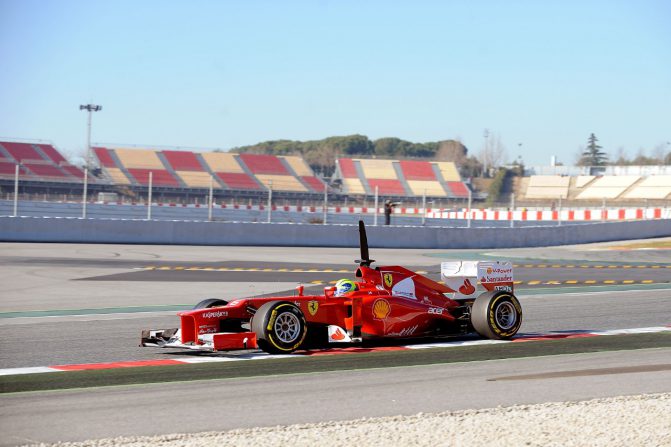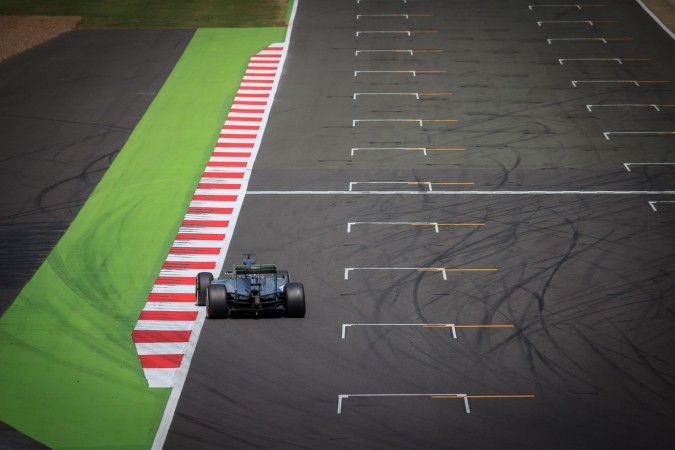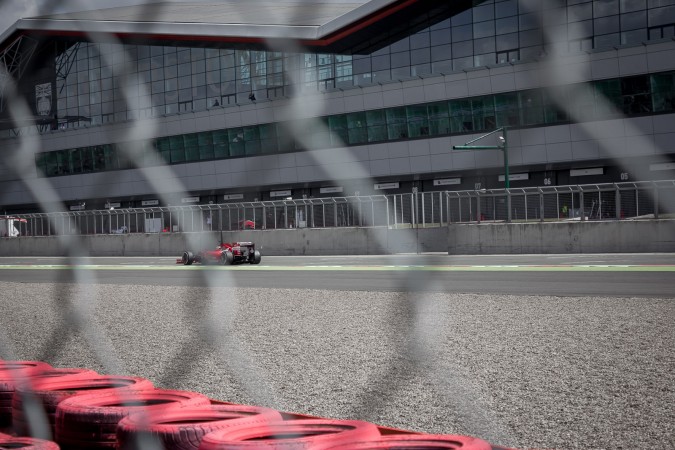The long spells of empty track; competitors being eliminated while sat in the garage; matters decided long before time is up. If as a detached observer you’re wondering what on earth is going on with F1’s qualifying system then don’t feel bad, as those who’ve followed the sport closely for years and decades were similarly discombobulated.
It got worse too. After all described in the opening sentence was discovered when the new qualifying system was first tried in the recent curtain-raiser in Australia, and all apparently agreed to ditch it to return to last year’s format (which is what the fans want too), the excruciating new system was in fact was retained for round two. The glaring 2015 approach was not even on the official table. While for a time the choice for round three similarly was either status quo or an ‘aggregate’ qualifying. Which sounded a lot like that tried in 2005 and dropped after a grand total of six rounds due to…rank unpopularity. Only after this rigmarole did word emerge that F1 was doing the obvious after all and returning to last year’s system.
Yet in trying to understand this the bottom line to keep in mind is that despite appearances this was not really about qualifying. In F1 indeed things rarely are quite what they seem. Instead it’s about the sport’s overriding preoccupation of power, and who wields it.
Not At All About Qualifying
It started literally as not being about qualifying. There wasn’t much wrong with the existing Saturday system, indeed it was one of the few parts of F1 that had such a consensus. Yet the commercial rights holder Bernie Ecclestone felt that F1’s races had become predictable, though he insists he was reflecting the view of the promoters of the individual rounds. Therefore the solution landed upon was to create a qualifying system for 2016 that jumbled the starting grid order.
The system we got originated apparently from Charlie Whiting who is the FIA (that’s the governing body, in name at least) F1 race director. Herein, rather than remove drivers in two chunks as before, they were removed at 90-second intervals one-by-one, and the teams agreed.
In theory it sounded promising, and it might have worked if cars ran continuously in each session, but it reckoned without F1 as it is. Among other things, tyres lose much of their grip after one flying lap, while the number of sets of tyres per car per weekend has a strict limit. The upshot was competitors setting their times early then parking, and then being unable or unwilling (due to a lack of time, tyres or both) to respond if shuffled into the ‘drop zone’. The outcome of this we’ve described.
They didn’t even get close to producing the overarching aim of jumbled grids. They could hardly have been more standard.
But at this point the story gets intriguing. You might think in a nothing-ventured-nothing-gained spirit that to try something new and then go back to what you had before when it doesn’t work is hardly heinous. But as said, they didn’t half pad out doing this latter part.
Some have said they’re idiots. Some that they don’t care about fans. Some that the likes of the FIA were too proud to turn back. All of these are true to some extent. But they don’t quite get at it. As I said, it wasn’t about qualifying; it’s about power.
All About F1’s Civil War
F1 is in a state of civil war. It can be traced back to Fiat CEO Sergio Marchionne – a man who can politely be described as a bruiser – making himself Ferrari president in late 2014. Having got at least two of the other manufacturers (Mercedes and Renault) on board they envisaged a sport that the manufacturers would control, using their engine supply to, in effect, control teams politically. The afore-mentioned Bernie didn’t appreciate this power play and set himself against it. Towards the end of last season he got FIA president Jean Todt on his side, thus completing the two blocs we have now at loggerheads. And given the way that the sport’s multi-tiered governance is structured, this has created deadlock.
The teams were unified against the new quali system, as well as eventually unified in wanting to return to last year’s format. But the FIA and Bernie didn’t want to do this as they viewed it as them folding when faced with the power of the teams – and by extension of the manufacturers mentioned. Add to this that the unpopular system was devised under threat of Todt and Bernie using their powers to dictate to the teams, and you bolster further the apparent confirmation that the teams in fact have control. Thus this qualifying dispute was the civil war playing itself out.
That’s precisely why the FIA for much of this has offered only about-as egregious alternatives to the egregious new for 2016 system. It’s not that they’re idiots (well, not entirely anyway). It was in Will Buxton’s words “designed to show the teams who is in charge”. Also as an auxiliary aim it may, again in Buxton’s words, “weaken the teams’ resolve and drive wedges between them”.
And even with the apparent resolution it likely isn’t the end of matters. You may recall arguments about engines last season: their spec; their costs; their supply (particularly to Red Bull). But that again wasn’t really about engines. That was the same power struggle playing out, just on a different subject. It got its truce too but the two factions wasted little time finding the next thing to take up arms over.
And worse for us watching on who really suffer as a result, it’s not at all clear where this ends. Not until 2020 when the next deals between the teams and the sport are due to be trashed out. That is, beyond a simultaneous sudden outbreak of sanity, perhaps when all realise what it is they stand to lose as they drive F1 flat-to-the-floor towards a precipice. Right now it’s genuinely difficult to see what else will bring peace.






